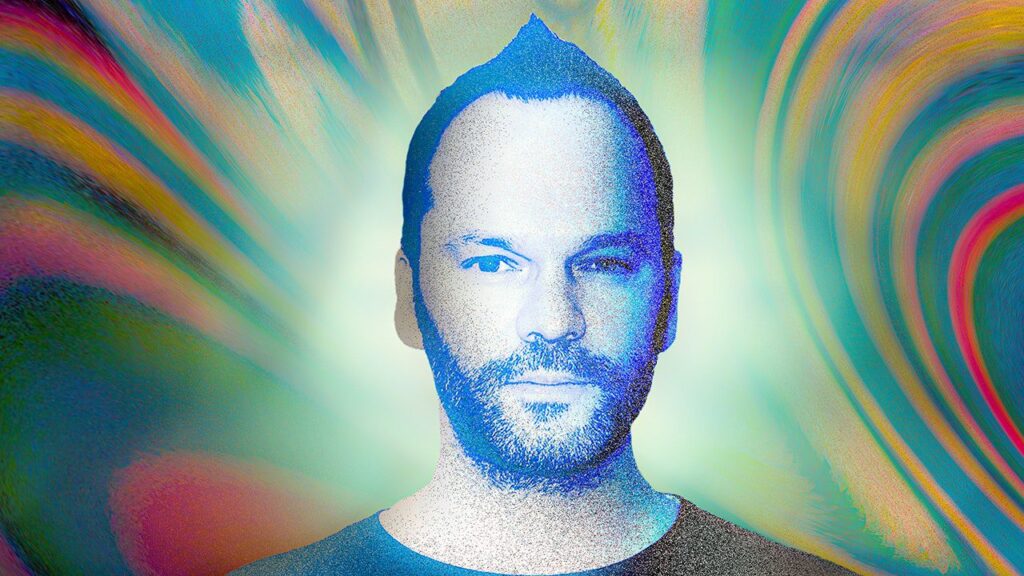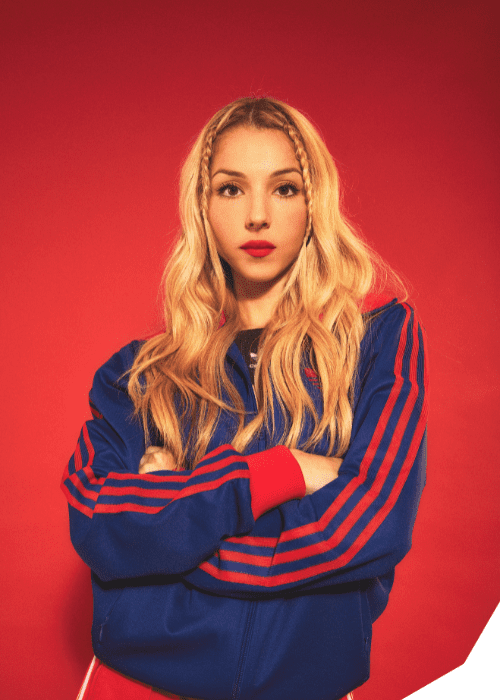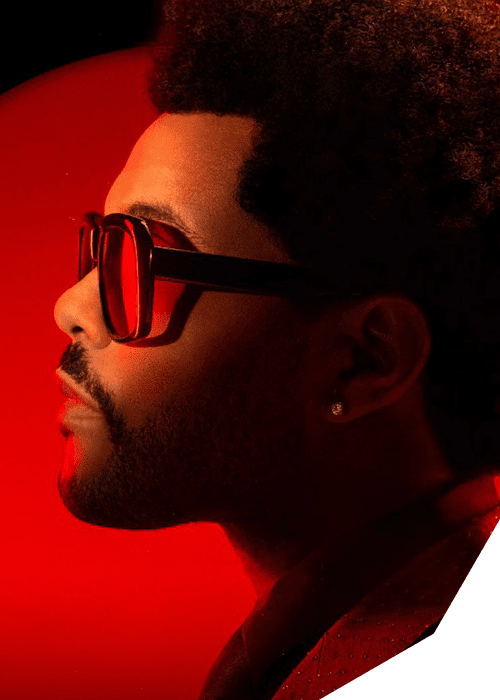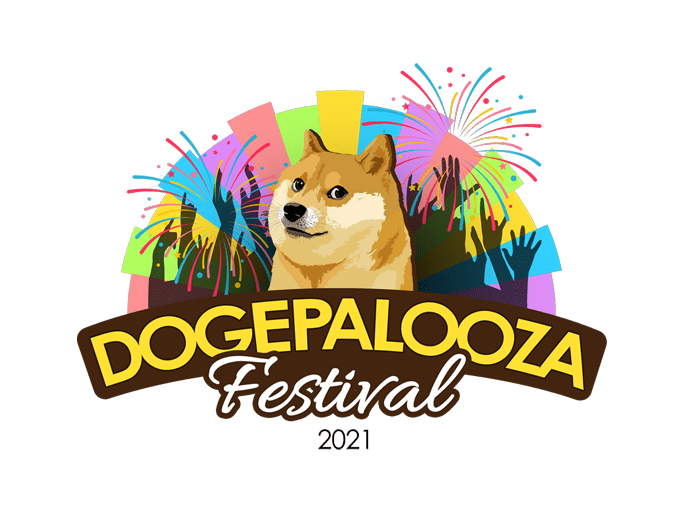
Nigel Godrich Talks From the Basement’s Return, Radiohead Webcasts, and More
From the Basement is officially back. Produced, engineered, and curated by Nigel Godrich, the live-in-studio show originally ran from 2006 to 2009, and clips from it featuring acts like Sonic Youth, the Fall, PJ Harvey, and (of course) Radiohead were uploaded to YouTube last year. Now, Godrich has partnered with the Coda Collection—a streaming service available via Amazon Prime—to bring full From the Basement sets to a paid streaming platform. Archival sets from Fleet Foxes, My Morning Jacket, the White Stripes, the Raconteurs, Red Hot Chili Peppers, Aimee Mann, and more will trickle out in forthcoming months, beginning with Radiohead’s beloved King of Limbs performance. In even more exciting news, Godrich says there are plans to shoot new installments of the series for the first time in over a decade.
Ahead of the Coda Collection launch, Godrich talked with us about From the Basement’s revival, live music as “content,” Thom Yorke and Jonny Greenwood’s new band the Smile, and Radiohead’s King of Limbs set.
Content
Nigel Godrich: I have very mixed feelings about YouTube and streaming generally. When we first started talking about From the Basement in earnest, there was this idea that it’d be an internet-based thing—but this was in 2003, and it wasn’t technically possible. Now, the internet is completely flooded by video content because anyone can do it. So when you get an offer from a larger entity with a proper platform, that’s very appealing.
Part of the novelty has been watching people film themselves on web chat cameras and doing Zoom conferences and whatnot—because it’s the same technology that everyone uses, so it somehow makes a connection between artist and viewer. It’s both intimate and personal, but also the cheapest and easiest way.
For us, it was always about using the best tools available, fidelity-wise, to make something that has no barrier or wrapper around it. No presenter, no editorial agenda, no other people in the room. From the Basement episodes were meant to be miniature movies, an attempt at making something into an art form. I was trying to create something that was just a cut above the rest, from a technical standpoint.
The room in Maida Vale was so beautifully set up, with a color scheme that’s sort of this olive green. We brought in the red carpet, and the combination of that green and red basically dictated everything we did there afterwards—it gave the show its identity.
Maida Vale itself is very important. The upstairs used to house the BBC Radiophonic Workshop, and the actual studio itself was where all the Peel Sessions were done. It’s just an amazing building. It was originally an ice rink and converted by the BBC when the BBC was very young, in the ’30s. All of these things feed into the legend, and, of course, that draws you to the place. When you walk in the room, you can cut the atmosphere with a knife.
Maida Vale is also very important to me, as I’ve been going there since I was a child. My dad was with the BBC, so I’d go with him on “bring your kid to work” days. I’ve known that place forever.
The live performance reflects the state of the art of any particular artist, in that it’s a timestamp of that moment. If you’ve seen Bob Dylan recently, I mean—I sat and watched him for five minutes and when a song finished, I realized, “Oh! That was ‘Tangled Up in Blue’!” Like, you cannot tell what he’s doing. And I say that with the greatest respect. People go down rabbit holes; things change, and for the better.
When I was a kid, we used to be able to go and buy all sorts of bootleg tapes and concerts. There’d be different versions of, like, your favorite Dead Kennedys song, and it’d be great. We tried to tap into that magic a little bit—like how we captured Fleet Foxes [in 2008] at the time when they were exploding and put a magnifying glass on them. We were lucky to catch them at that moment.
The King of Limbs is an interesting one, because it was a very conscious attempt to do something special: to record the album again, once it had been rehearsed and played live, to show it in a different light. Revisiting the From the Basement set, I love it. I love the way it looks and I’m proud of the way it sounds and the way they’re playing. It’s a very good example of the method working, for a record that was very mechanized and completely different. Because I worked with the band so closely, it also meant that it was very nice for me to be able to see the record through and then watch it become a thing that’s very real and alive.
It generally starts with friends, and then you think about things that would work really well in the format. I’m not 100 percent sure what more I’m allowed to say. When I was looking through all the footage last year, I was reminded how fun it was. It’s really the most fun you can have in a recording studio.
I can’t talk about it—it’s just not time yet.
That’s what [Thom] was after. Basically, the webcasts were done by me and 10 video cameras I bought off eBay. Some were the kind of cameras you used to use for TV news back in the 1980s. When we were doing In Rainbows, I was so bored and started setting up my own little sort of fantasy TV studio, and it was great because we could then film everything, and I have so much footage from that time. I think he wanted to sort of recreate that—but he paid hundreds of thousands of dollars to somebody to do the same thing I did for nothing, so ironically, it’s quite funny. But all will be revealed regarding the project.


